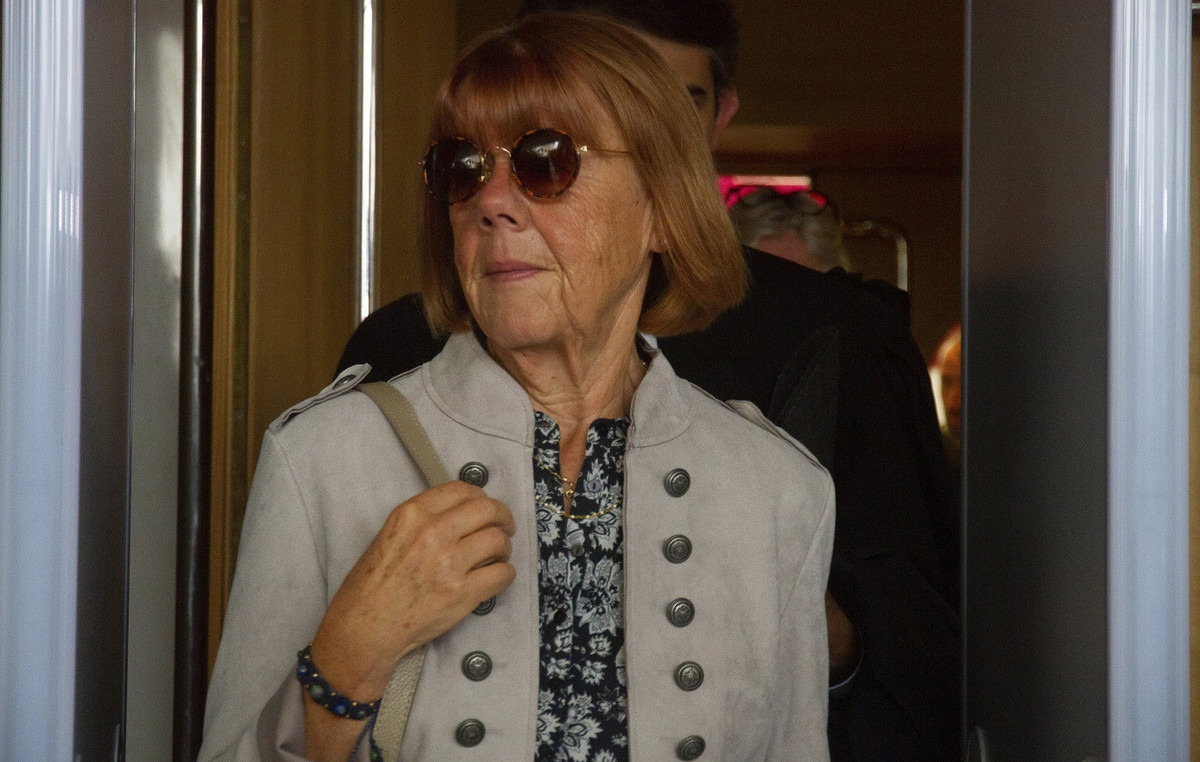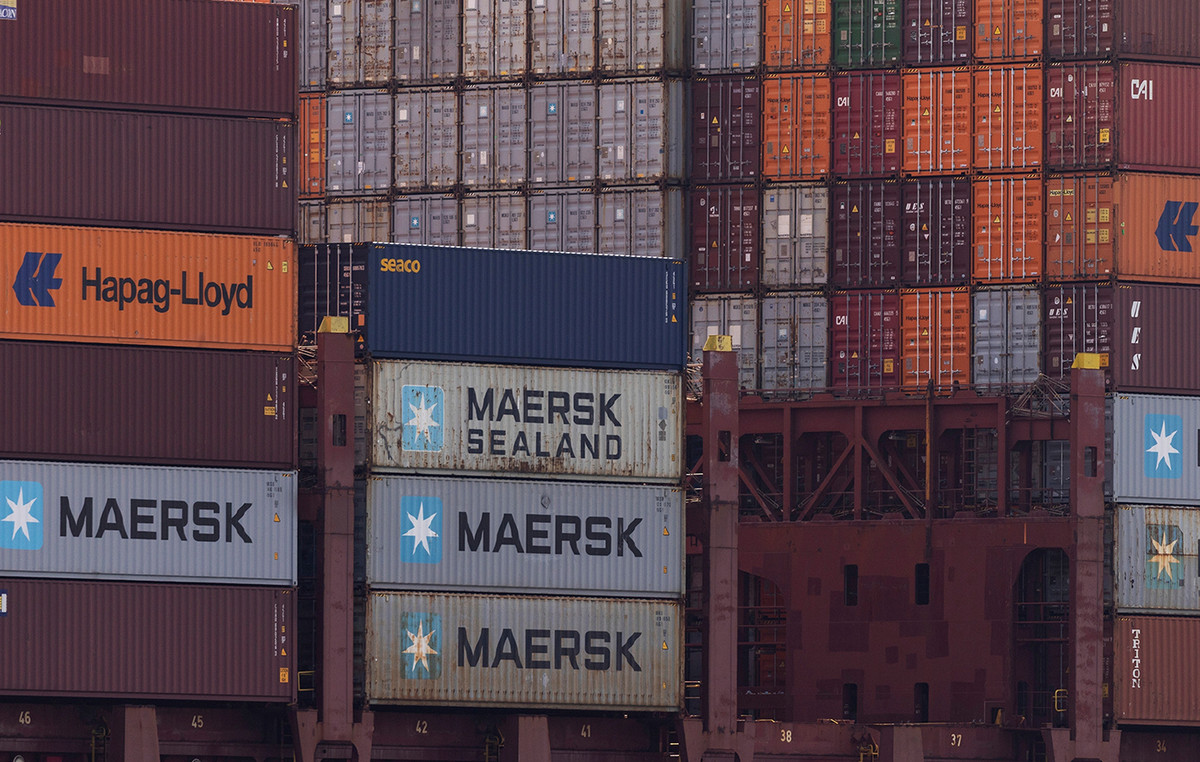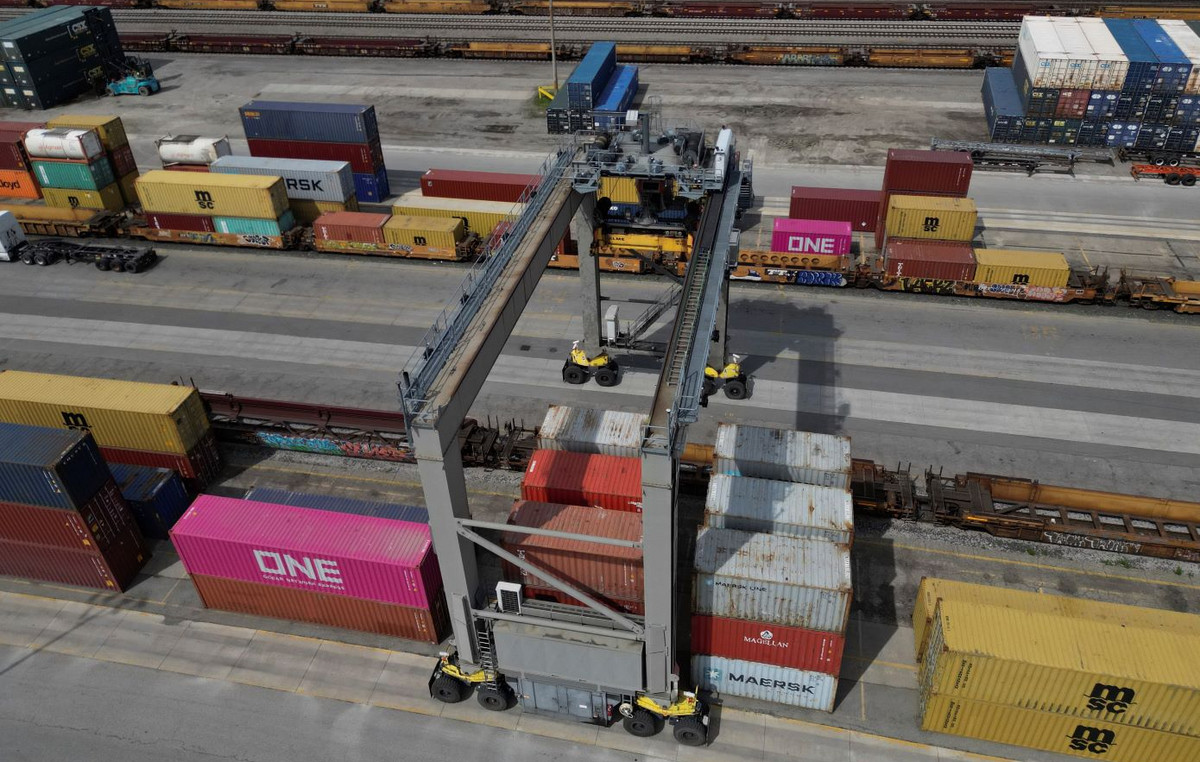The prices of products in the agricultural sector slowed down throughout the third quarter of 2022, says a report by the Institute of Applied Economic Research (Ipea), released this Friday (2). The result breaks with the upward trajectory that prevailed since 2020.
According to Ipea, the increase in production was responsible for the oversupply of several products, which helped to contain prices.
The analysis was carried out in partnership with the National Supply Company (Conab) and the Center for Advanced Studies in Applied Economics (Cepea/Esalq/USP) and is the result of monitoring domestic and international prices, in addition to the supply and demand balance. of the main Brazilian agricultural products for the 2021/22 and 2022/23 harvests.
The entities point out that, despite the uncertainties for 2023, the production perspectives are optimistic.
“So far, for soybeans, the main grain produced in Brazil, the predicted area growth has been corroborated with the information gathered by Conab and, with no significant productivity problems, we should move towards a record harvest and recovery of exports and of carry-over stocks for grain next year”, said the superintendent of Intelligence and Supply Management at Conab, Allan Silveira.
He added that the growth in soybean area could also be a good sign for 2nd crop corn.
According to the note, in the next harvest (2022/23), soybean production will have a forecast growth of 22.3% compared to the previous harvest, soybean meal 5.3% and soybean oil 5.3%. Corn (+12.0%), cotton (+16.7%) and coffee (+5.6%) will also be highlights.
“Wheat, the country’s main import product, should close the 2022 winter harvest with a 23.7% increase in production compared to last year’s harvest”, says Ipea, highlighting that the greater availability of these commodities has also contributed to the recomposition of carry-over stocks, which had been falling since the beginning of the social isolation policies established with the Covid-19 pandemic.
Prices, however, still depend on factors other than supply. Ipea’s associate researcher and one of the publication’s coordinators, Ana Cecília Kreter, highlighted the importance of the international price in the formation of the domestic price, since Brazil exports a large part of these commodities.
“The increase in international demand implies an increase in shipments, see China”, he declares.
China has been one of those responsible, for example, for the increase in the international price of live cattle, the only commodity to register a continuous rise in prices from 2005 until October this year, with only cyclical fluctuations.
In addition to greater demand, the production of the product went through a period of herd recomposition in the main producing countries, which affected supply.
The energy crisis has also contributed to rising production costs at different stages of the chain.
According to the coordinator of Economic Growth and Development at Ipea, José Ronaldo Souza Júnior, “the combination of rising costs with inflation in general helped to slow down world consumption and may further impact food consumption in the coming months”.
With regard to the sale of grains, an agreement established in July this year for the creation of a flow corridor for three Ukrainian ports on the Black Sea alleviated the shortage of food due to the conflict between Russia and Ukraine, according to Ipea.
Countries are important exporters of fertilizers as well. According to Ana Cecília Kreter, the agreement “contributed to increase the world supply of these products”.
Source: CNN Brasil
A journalist with over 7 years of experience in the news industry, currently working at World Stock Market as an author for the Entertainment section and also contributing to the Economics or finance section on a part-time basis. Has a passion for Entertainment and fashion topics, and has put in a lot of research and effort to provide accurate information to readers.







